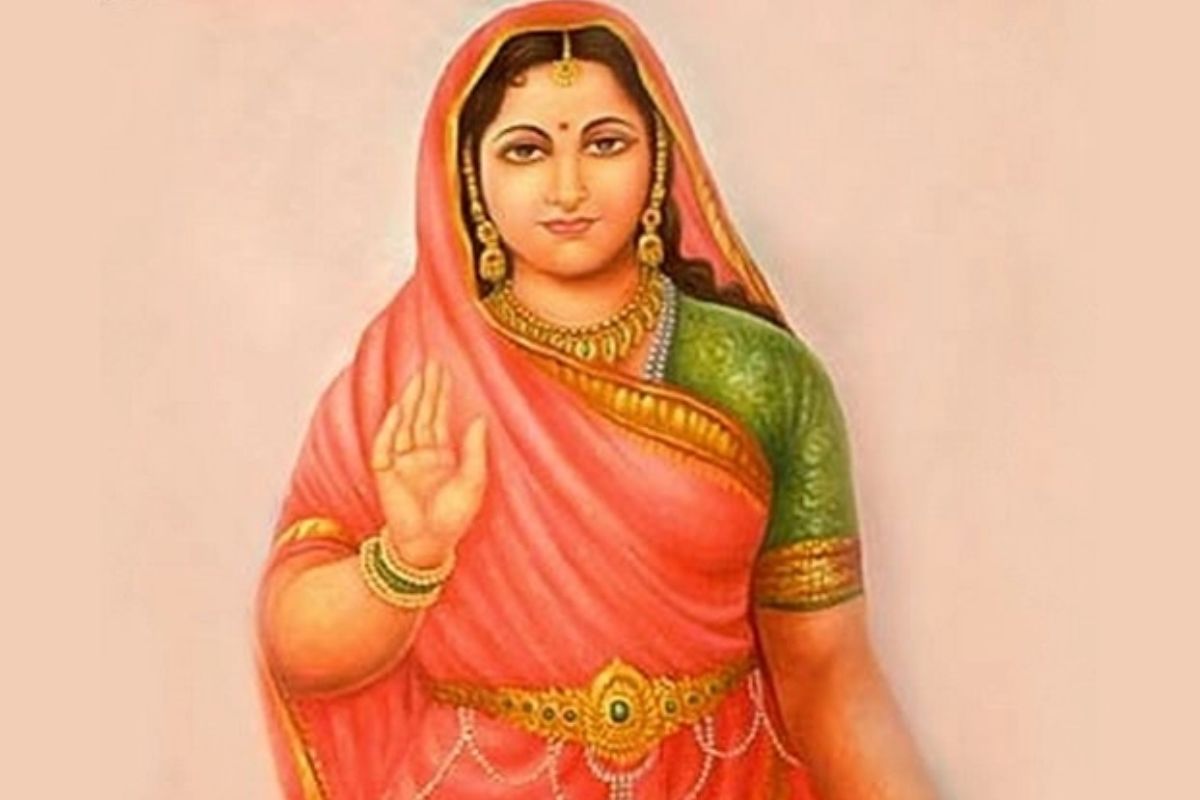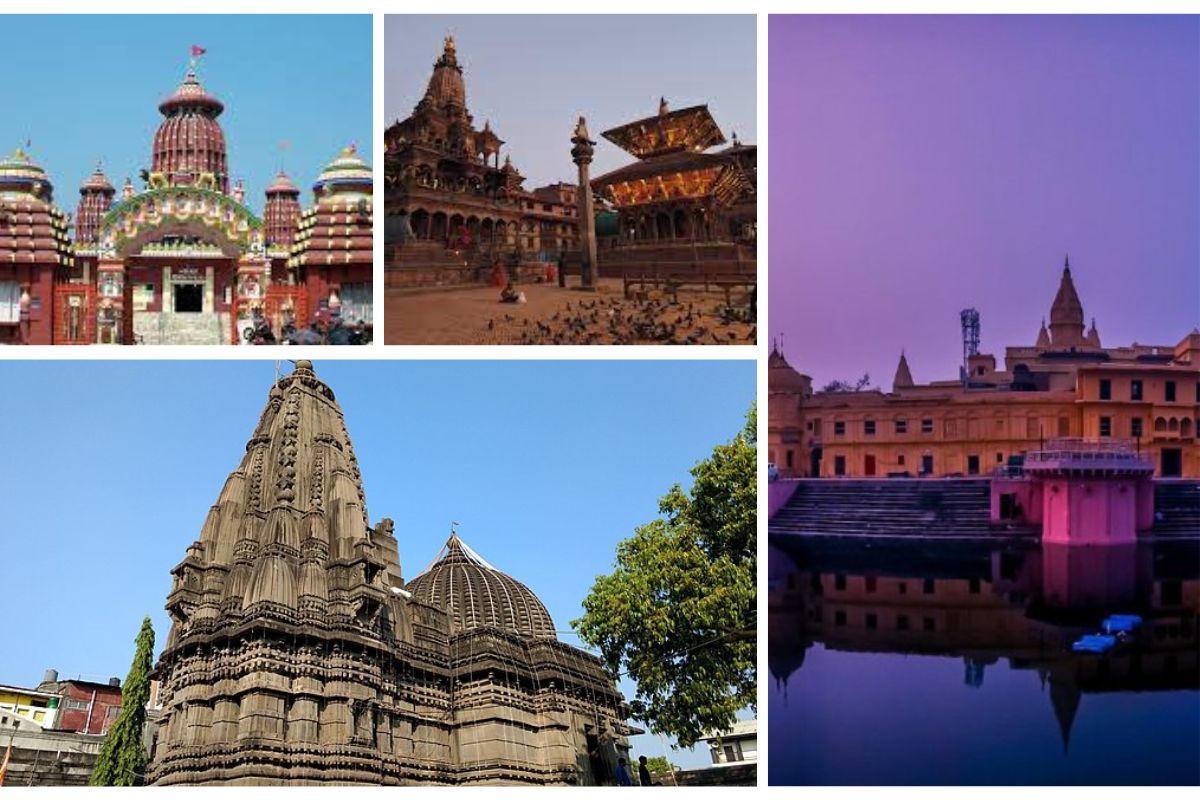
Sita Mata is Lord Rama’s spouse in Hindu mythology. She is a prominent character in the Hindu epic Ramayana. She was born in Sitamarhi (Punaura) in Bihar (India) and transported to Janakpur (now Nepal) by her father, Maharaja Janak. Sita is revered as one of the Sreshta Naris (most chaste ladies) and the pinnacle of all Hindu womanly characteristics. She is an incarnation of Lakshmi, the Goddess of Wealth and Sri Vishnu’s spouse in the Treta Yuga.
Sita Maa is the perfect woman, with all the desirable characteristics required of a traditional Indian woman.
She was the ideal daughter, wife, and mother to her twins Luv and Kush.
Sita Mata had to overcome many obstacles in her married life, and it was her courage, virginity, and devotion to Dharma (righteousness) that made her the eventual victor. Sita’s life narrative exemplified a strong lady who never compromises her values.
Sita’s human birth goal was probably to defeat the arrogant Ravana, the demon King of Lanka.
Sita Mata Birth
Sita was discovered as an abandoned infant in a field while ploughing. According to mythology, she is Bhoomidevi’s (Mother Earth’s) daughter. King Janaka gave her the name Janaki. King Janaka ruled Mithila (now Nepal). So Sita Mata is also known as Mythili. Janaka, Sita’s father, could transcend bodily consciousness. So he was called “Videha” by the people. So Sita became “Vaidehi” (the daughter of Videha).
Rama’s wife is known as “Ramaa”.
Sita Swayamvara
In recognition of Sita’s marriageable age, Janaka prepares her Swayamvar. Many rulers from throughout India attend the great occasion. The swayamvar mandap is magnificently adorned and reflects the magnificence of the princes and kings who gathered there.
Rama and Lakshmana come, as does elder Vishwamitra. So does Ravana, Lanka’s powerful ten-headed demon king.

Sita Mata in Ashokvan
Ravana kidnaps Sita Mata and imprisons her in Lanka’s Ashokvan (garden of Ashoka trees). He sends numerous demons to protect the location and stop Sita from fleeing. Finally, Trijata and other demonesses coerce Sita into marrying him.
Ravana repeatedly expresses his love for Sita during her year-long incarceration in Lanka, but she rejects him and remains chaste.
Meanwhile, Rama meets Hanuman and the Vanara Sena (monkey army) to arrange the rescue of Sita Devi from Lanka. Hanuman leaps over the sea to find Sita imprisoned in Ashokvan.
Sita is pleased to meet Hanuman and gives him her Chudamani (personal jewels) to give to her husband. Ravana’s soldiers kidnap Hanuman on his way back to Rama.
Hanuman is almost executed and burned, but he ingeniously escapes and burns Lanka’s capital instead.
Sita Mata Agni Pariksha
Because Ravana held Sita Mata captive, she must undergo the ‘Agni-Pariksha’, the fire test, to prove her innocence to the universe. Some versions of the narrative suggest that the Sita who entered the flames was a replica, sent to safeguard the real Sita Mata from Ravana’s persecution in Ashokvan.
Others say Sita entered the flames to purify herself of her suffering. In this narrative, she walked on hot embers, and they changed into soft lotuses. In the Mareecha episode, Rama allegedly ordered Sita to undergo the trial by fire as a punishment for doubting Lakshmana’s honesty.
Sita faces yet another hardship
Even though Rama knows Sita Mata is innocent, he is obliged to obey his Praja (subordinates) and exiles her again. He does this without telling her or leaving her in a sage’s ashram. Instead, Rama sends Lakshmana into the wilderness with her.
Sita is also pregnant at this time and is allowed to wander the wild alone. She is found and saved by the sage Valmiki, who takes her to his ashram on the Tamsa river. Luv and Kush were born there.
Valmiki educates and trains the twins to become courageous and brilliant warrior princes who excel in archery. Valmiki also teaches them music and the Veena. The twins also learn the Ramayana, written by Rishi Valmiki himself, with Rama as the main character.
Sita visits Bhoomidevi
Sita’s life’s goal is accomplished when she sees her boys with their father, Rama. Rama approaches her and invites her to return. But Sita refuses to return to Rama of Ayodhya and instead seeks final shelter in the arms of her beloved mother, Bhoomidevi.
Sita begs Bhoomidevi for mercy and deliverance from this unfair world and miserable life. The ground cracks apart, revealing Bhoomidevi within. She gently escorts Sita away to a better place. This incident ends Sita Mata’s Earth incarnation.
Meaning of Sita Mata Avatar
Sita isn’t the pinnacle of womanhood for nothing. Sita’s life was full of ups and downs, yet she maintained her poise and dignity. Her tale is told in the novel Seethayanam. The ideals she lived by and embodied during her long life have become the values of womanly virtue, revered by all Indian generations past, present, and future.
The name “Sita” existed long before Valmiki’s Ramayana. She was a female fertility goddess, although more prominent fertility deities eclipsed her.
As stated previously in this essay, Janaka encountered Sita in a furrow while ploughing. In Sanskrit, “Seet” means “furrow”. Janaka was the king. From this, we may deduce that ploughing was a regular royal duty done to guarantee soil fertility.
Sita Mata is considered to be the earth’s daughter, born of the sacred union of the king and the land. Devi Sita, therefore, represents earth’s fertility, plenty, peace, and prosperity.



buy synthroid medication online